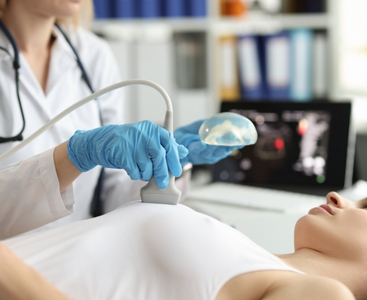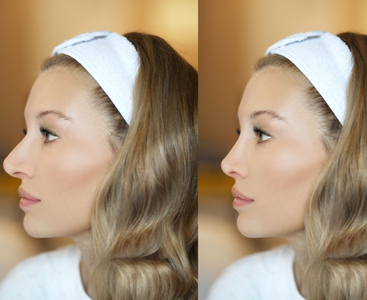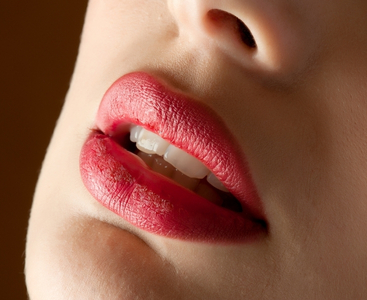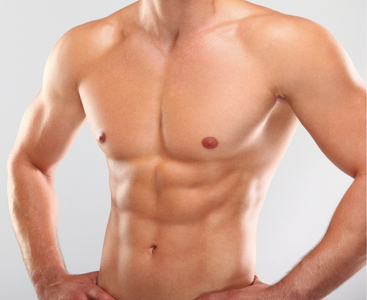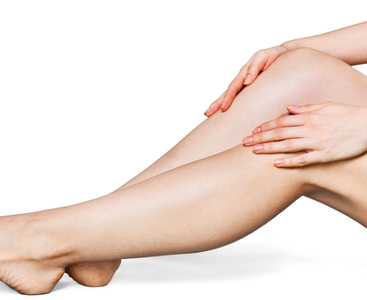PRP TREATMENT
PRP Treatment
PRP treatment is a process that stands for “Platelet Rich Plasma”, which provides tissue regeneration and repair with cells taken from one’s own blood. Skin rejuvenation is one of the most common uses of PRP treatment. Platelets, also called platelets, play a role in the coagulation mechanism and are also effective in repairing wounds and strengthening tissues. For this reason, when applied intensively to the targeted area of the skin, they reduce many skin problems and make the skin look younger and healthier.
One of the biggest advantages of PRP treatment is, of course, that it is done with healthy cells taken from the person’s own blood. Therefore, it is a very reliable procedure with minimal risk of side effects.
What is PRP (Platelet Rich Plasma)?
Platelet Rich Plasma (PRP), that is, platelet-rich plasma therapy, can be applied in the treatment of aesthetic problems such as hair loss and skin rejuvenation , as well as to accelerate the healing of injured tendons, joints, muscles and ligaments. PRP treatment is applied by injecting the blood taken from the person through various processes and injecting the tissues that are planned to be treated.
The risk of allergic reaction in PRP treatment is less than the risk of allergic reaction that may occur by injecting other drugs, since it contains substances taken directly from the body. Mostly, patients can return to daily activities immediately after treatment. However, due to the injection applied to the skin, although rare:
- Infection
- pain at the injection site
- Bleeding
- nerve injuries
- Tissue damage may be seen.
What is the Effect of PRP in Skin Rejuvenation?
Anti-aging PRP treatment can be applied by aiming to increase the production of collagen and elastic fibers in aging skin. With PRP treatment, rejuvenation can be achieved without applying any foreign substance or drug to the body. After the first session, the person notices that the dry and dull appearance of his skin is reduced. With the following sessions, an increase in the elasticity of the skin and a decrease in wrinkles can be observed.
To Whom PRP Treatment Is Not Applied?
PRP treatment;
- to blood thinners
- For those with a history of cancer
- For those with blood disease
- For those with autoimmune disease
- For those who have infection and inflammation in the area to be made
- It is not applicable to pregnant and lactating women.
How is PRP Treatment Applied?
PRP treatment is a treatment method that must be applied by specialist physicians.
Stages in PRP treatment;
- A determined amount of blood is taken from the patient depending on the area where PRP will be injected.
- The blood taken is placed in a special tube under sterile conditions.
- This tube is placed in the centrifuge device.
- The separation of blood components in the centrifuge may take approximately 15 minutes. After the procedure, the plasma part of the blood rich in platelets and growth factors is separated.
- The injection area is determined and the prepared PRP is injected into the affected area.
All these stages are usually completed in as little as half an hour.
Does PRP Treatment Remove Hair? How long does hair treatment with PRP take?
Hair loss that is above normal (100-150 strands per day is normal) should be taken into account. With PRP treatment, hair loss can be prevented and hair growth is encouraged. Successful results are also obtained in hair treatment with PRP. It has been determined to be especially effective in the treatment of androgenic alopecia, also known as male pattern baldness. During the PRP procedure, the patient’s own blood is taken and the part that will feed the roots called platelets and ensure their development is separated and injected into the spilled area. With this method, it is also possible to treat genetic spills.
The main purpose of this application is to prevent hair loss by providing tissue regeneration and to provide new hair formation. Hair loss treatment with PRP can take about half an hour and no pain is felt during the application. After the treatment, there is no trace and the person can continue his routine life immediately. In addition, PRP can be applied in combination with hair mesotherapy.
Hair treatment with PRP can usually take between 3 and 4 months. It is applied every 15 days on average. After that, it will be sufficient to apply it once a year. The most important advantage of hair treatment with PRP is that it does not carry any allergy risk since the special plasma is obtained from the patient’s own blood.
How Many Sessions Does PRP Treatment Have?
In most patients, PRP treatment can be completed in 2-3 sessions. However, this may not be possible for every patient. The session time required for each patient may vary. For example, as the number of stem cells in the body decreases as you get older, more sessions may be needed for treatment, in which case age is a determining factor.
In PRP treatment, sessions are mostly applied at 15-day intervals. Depending on the needs of the patient, an average of 3 to 8 sessions can be applied. PRP treatment can be combined with mesotherapy in hair loss and skin rejuvenation treatments. After the treatment is completed, injections can be continued once or twice a year.
How Long Does the Effect of PRP Treatment Last on the Skin?
With PRP treatment, the bright and healthy appearance of the skin can be noticed from the first session. Repeating the sessions every 10 to 12 months after 3 or 4 sessions of PRP application at intervals of 2 to 4 weeks can make the rejuvenation effect permanent. It can also be supplemented with additional skin rejuvenating applications. It can also be applied in combination with mesotherapy according to the needs of the person.



